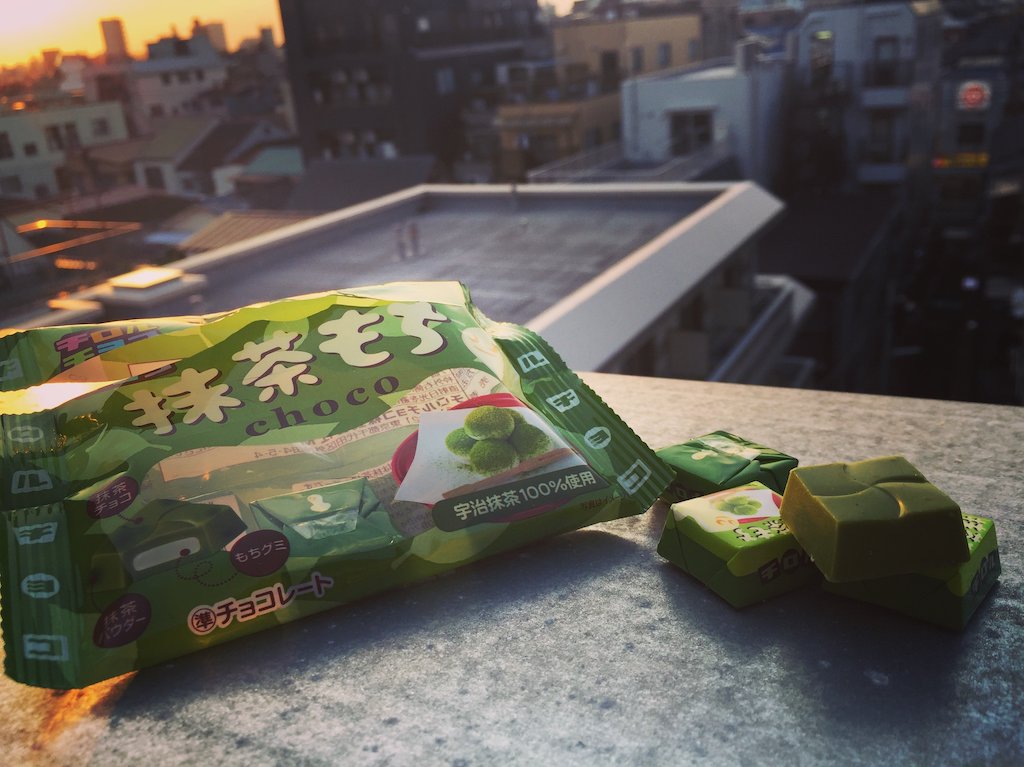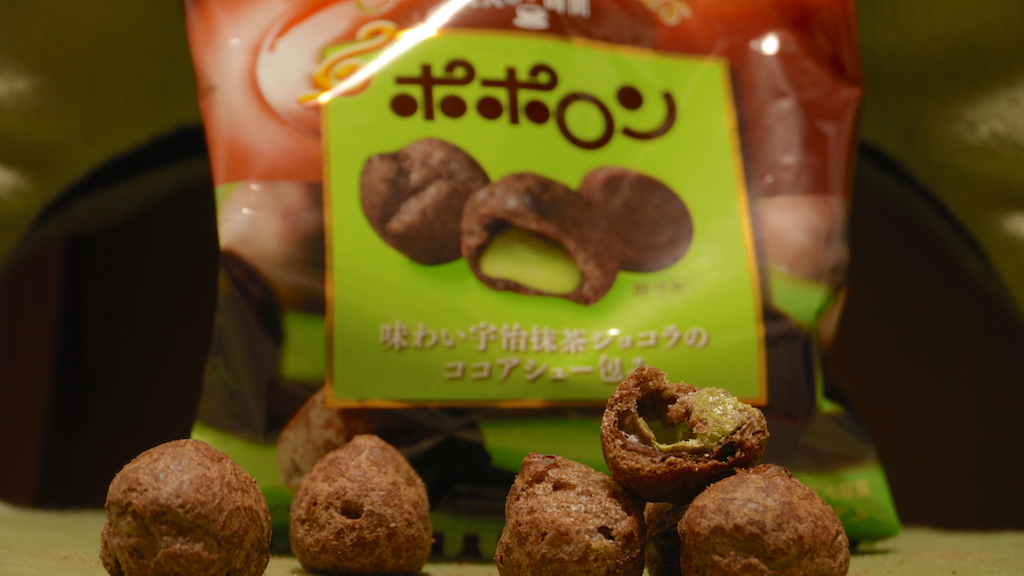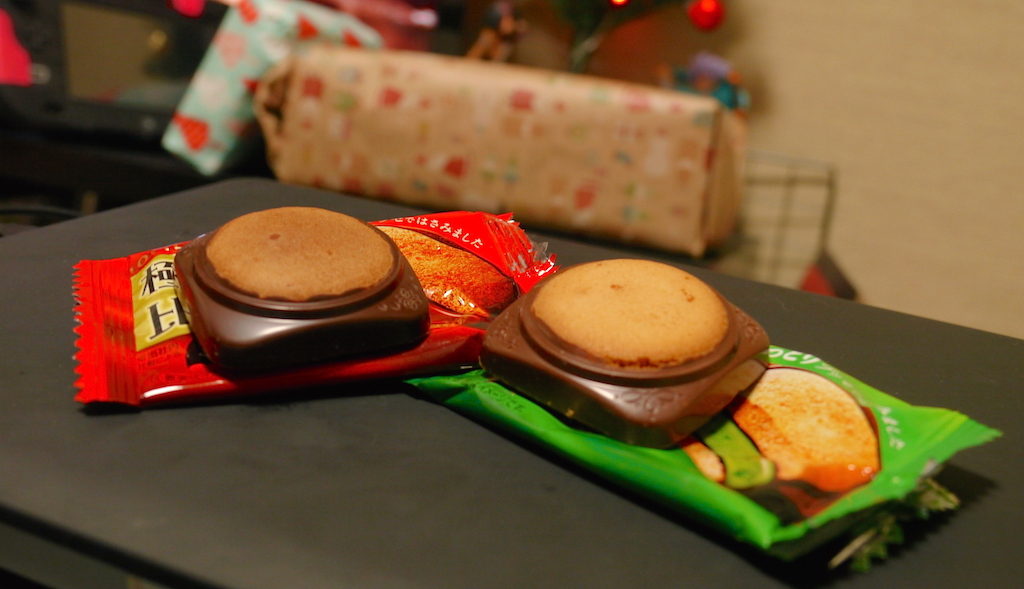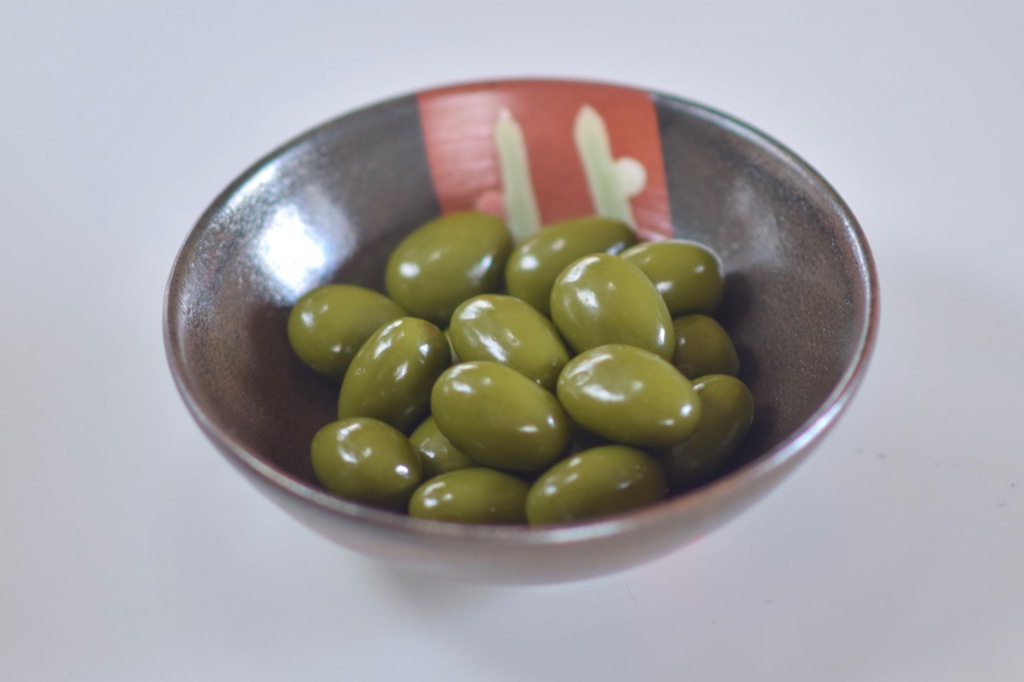

6 Delicious Japanese Matcha Chocolates
What is matcha?
Matcha is basically only the best parts of specially grown Japanese green tea. You can think of it as the fancier, purer version of green tea.
If you open a can of matcha tea, the first thing you would notice is its powdery consistency. It's so fine that when you open the lid, some of it often floats in the air for a bit. Kind of like opening a bag of flour. It is so powdery in fact that mixing it presents its own challenge; a spoon won't do – instead you need a bamboo whisk to mix it in. Besides mixing it in water, you can also mix matcha into milk and get the delicious drink creatively named "matcha milk". If you want to try this at home, you can buy matcha tea kits online.
Whether you would like matcha or not really depends on your taste. If you were to gather a group of people and get them to taste matcha sweets, you might find that about half of them wouldn't be too into it, while the other half would love it. If you find you are in the "matcha lover group", then also try "uji matcha" when you get the chance. It is the superior quality version grown in Kyoto.
Matcha is also often used as an ingredient in Japanese chocolates, sometimes paired with other tastes like Japanese sweet beans (azuki).
Below you'll find five examples of Japanese matcha chocolates Candy Japan has sent out to subscribers in the past:
Green Tea KitKats
Probably the best known ones outside of Japan are matcha kit kats. Variants such as uji matcha kit kats and sakura matcha kit kats also exist.
KitKats are on a whole different level in Japan. In America you have milk chocolate, and maybe strawberry or white chocolate around the holidays. Maybe. Japan has Dark Chocolate, cheese cake, sweet potato, wasabi, and just under 200 other flavors to collect. They even have KitKats you can bake.
These green tea KitKats are a staple of Japanese candy culture. They're very sweet with just a hint of sophisticated bitterness. Why are KitKats so popular in Japan? Because they sound like "Kitto Katsu" which translates to "You'll surely win." Something kids really want to hear during exams. Japan really loves puns.

Matcha Chocolate Balls
The matcha frosting inside is very sweet, and the outer chocolate shell has a lot of flavor too. It also provides a nice satisfying crunch!

Chocolate & Matcha Busse
Busse are Japanese confectioneries that are a lot like soft cookies in feel and texture. These sweet biscuits are surrounded by a thick chocolate square. The red busse is filled with creamy chocolate, and the green one is packed with creamy matcha.

They are fantastically rich and heavy for such bite-sized cookies! As with a lot of Japanese treats, the name is a bit hard to explain. 極上比率 (gokujo hiritsu) basically means "best ratio" or "best quality." I can't understand how that can be the name of a cookie and my girlfriend doesn't understand why I can't just tell you these are "Best Ratio Cookies."
Alfort Premium Kyoto Matcha Chocolate
I'm not the biggest fan of matcha (green tea), but even I can taste the nobility oozing off these matcha covere chocolate biscuits. Matcha has a unique taste. It's not exactly bitter, but it definitely tastes adult. To me at least. The dark cacao biscuits have a crispy satisfying crunch. This matcha also happens to be very special because it comes directly from Kyoto.

Matcha Mochi Chocolates
Man, that is really fun to say. try it three times! After you do that, take a bite of one of these elegant chocolates. They have a matcha (green tea) and chocolate coating, and the inside is filled with fluffy and chewy mochi. It's definitely a uniquely Japanese taste. Green tea in particular can be very hit or miss for people. Here is hoping you're in the "hit" category!

Almond Matcha
The author's favorite matcha chocolate; I could eat unlimited amounts of these. The matcha flavor is very strong, and somehow feels even intensified by the almonds, which also give it a very satisfying crunch.
Want to try sweets like these yourself?
Subscribe to Candy Japan, and we'll start mailing you Japanese candies on a twice-monthly basis. See here for more information. During winter months we send chocolates as well.
If you'd prefer to just read more about Japanese chocolates, here's an even bigger list of them.
